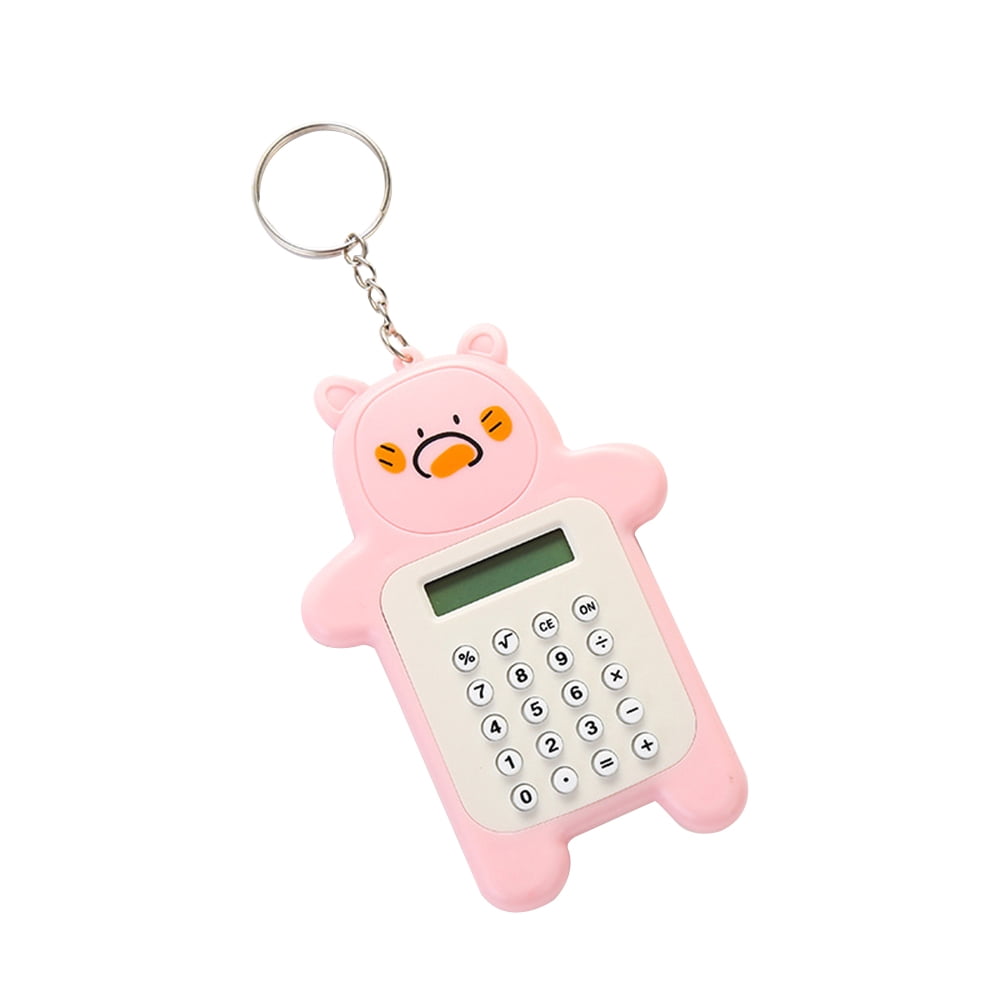

What, then, is the point of DPI? PPI vs DPIĪs I mentioned above, pixels per inch is a way to refer to pixel density on digital displays.ĭots per inch, however, is a term to describe printer capabilities and print outputs.įor instance, some printers can print at 600 DPI, which means that a print made with that printer will have 600 dots of ink in a single inch, both lengthwise and heightwise. So if you had an image that was 600 pixels tall, and you printed at 300 PPI, you’d end up with a print that is 2 inches tall (because 600 pixels at 300 pixels per inch gives you 2 inches in total). Once you print an image, you’ll need to start talking about dots per inch, or DPI (more on that later).īut photographers and printers often do talk about PPI as a way to reference image resolution before sending it off to a printer (and this is very useful).įor instance, you might say that an image has 300 ppi, meaning that 300 pixels will ultimately go into a single inch of your final print.


However, computer monitors have a PPI–in fact, it’s a set PPI that cannot change, no matter how many times you change the PPI in an editing program. A print doesn’t really have a PPI measurement because it’s not made up of pixels. Note that pixels per inch only applies to images displayed digitally. Specifically, if you look at an inch of an image and counted the pixels lengthwise or heightwise, that would be your PPI measurement. Pixels per inch is a common way to refer to pixel density (in other words, the number of pixels in a set area). Yet, you might be wondering: What exactly is pixels per inch? How do you measure it? PPI: The Key Measurement of Pixel Density Now, I’ve thrown around some pixels per inch language above. But print resolution thinks about detail in a different context–the context of a physical print–whereas digital image resolution thinks about detail in terms of pixels per image, or pixels per inch. Ultimately, then, resolution really is all about detail. More pixels make for more detail, and more detail equals more resolution. So, when a camera takes an image, it records a certain number of pixels. And when discussed in terms of display output, digital image resolution is often discussed in terms of PPI, or pixels per inch. Now, resolution in printing is different from digital image resolution.ĭigital image resolution refers to the number of pixels an image file contains. If you took a strong enough magnifying glass or microscope, and you examined a standard photo print, you’d see plenty of tiny dots, each corresponding to different colors in an image. You will be surprised in many cases, the solution is less than $10, other than $2000 on a print head.After all, a print is literally just thousands of tiny dots, all blending to create a lifelike image when viewed from a certain distance. After many cleaning and nozzle washes, if you still have imperfect nozzle check, try to change wiper before changing the heads. There are other parts may cause nozzle dropouts besides print heads. How many hours do you run the printer every week? if it's less than 40-60 hrs per week, it's not normal to change print head twice in 1.5 years. The ink, hours of operation on the printer and condition the printer is running under will determine the life span of print heads. Higher resolution will not damage your dx5 print heads. You may run it 540x1040 6 pass to avoid banding on light colors. Unless they are more staggered print heads on one printer, like Mimaki jv5. You may lay down too much ink on the paper. You can typically get away with lower resolutions/faster printing when subbing on fabric compared to hard substrates.ĥ40x720 and 720x720 with 4 pass are the most common ones for Mimaki jv33s and jv300, jv150s, running dye sublimation Priting.įor sportswear jersey with solid colors, higher resolution such as 1440, or 1040 are over kill. In others it needs to be better than "good enough". A lot of markets "good enough" is acceptable. You need to determine the lowest resolution/fastest speed possible if throughput is a concern so you can get the most prints out the door. This is something you don't need to worry about. If the profile is printing too light the heads are working less. I'm working on theory here, but I've never seen any correlation between resolution and head life. I'm not sure I buy that as the lower your resolution, the faster the printer goes and that could mean harder work on the heads. Higher resolution means more DPI, so theoretically higher res means less prints per head life. The heads are all rated at X# of firings for their lifespan. That's just a fact, but you can minimize it.

Head life shouldn't be your concern if you're using a good ink, aren't getting head crashes/strikes, and are doing the correct PM.


 0 kommentar(er)
0 kommentar(er)
